Marketers have historically used press releases as a way to generate backlinks, draw traffic, and improve search rankings. But are they still relevant in 2024?
We’ll look at whether press release SEO is still effective today. Then we’ll explore six best practices to optimize your press release creation and distribution processes to reach the most relevant audiences.
How Can Press Releases Help with SEO?
Press releases help your search engine optimization (SEO) efforts indirectly by promoting content marketing discovery, building citations for local SEO, and protecting your online reputation.
It’s unlikely that a press release will rank for a highly competitive keyword or phrase. But it can happen.
The SEO benefits of press releases are more likely to be indirect.
Sure, media outlets and websites can pick up your press release and write articles about it. And in those articles, they may link to your website. That means you get backlinks, which are incredibly important for SEO.
But there’s no guarantee that any backlinks resulting from your press release will actually be “follow” links.
Many news and media websites use nofollow links. That means they won’t directly benefit your website from an SEO standpoint.
However, readers may still click on the hyperlink to learn more, sending referral traffic your way.
As a result, press releases can help people discover you and attract visitors to your site.
They may even share articles or videos from your site on their own sites—resulting in quality links back to your site that can boost your rankings.
There are other ways to benefit from SEOpress release tactics. Press releases can also help your business by:
- Increasing brand recognition. Your audience becomes aware you exist and begins to recognize your name and branding, which builds trust.
- Protecting your online reputation. A timely press release can help you control the narrative of a story someone else posted, potentially avoiding press that negatively affects revenue.
- Experiencing faster indexing. Search engines regularly crawl media outlets because of their content frequency, so they’ll likely index your press release links faster. This means you may get potential backlinks and referrals sooner, too.
- Boosting perceived authority. Press releases can help build citations to spread the word of your expertise and authority. This could help boost your rankings.
Whether you want to introduce a new product or control the narrative about an event, the goal of a press release is to land as much media coverage as possible to spread the word among relevant audiences.
Is Press Release SEO Still Effective in 2024?
If you use them the right way, then yes, press releases are still effective for SEO in 2024.
Even if you get a nofollow link from a press release—or an article that talks about your press release—they can still have a huge impact.
In 2019, Google evolved how its algorithm sees nofollow links. It now treats “nofollow” as a hint about what to include or exclude, not a direct instruction. Which means a nofollow link can still help your SEO.
In the past, companies would write press releases filled with backlinks to their site, then pay a distributor to send them to hundreds of press release sites. The more sites that picked up the press release, the more backlinks the company would get. This resulted in sites filled with low-quality press releases.
Google’s John Mueller said that these should be considered ads and therefore use nofollow links.
So in 2013, Google put a stop to all of that when the company devalued press release links.
Since then, employees of the company have been downplaying the impact of links in press releases and SEO efforts to varying degrees.
According to Google’s John Mueller, press release links and anchor text are likely to be ignored.
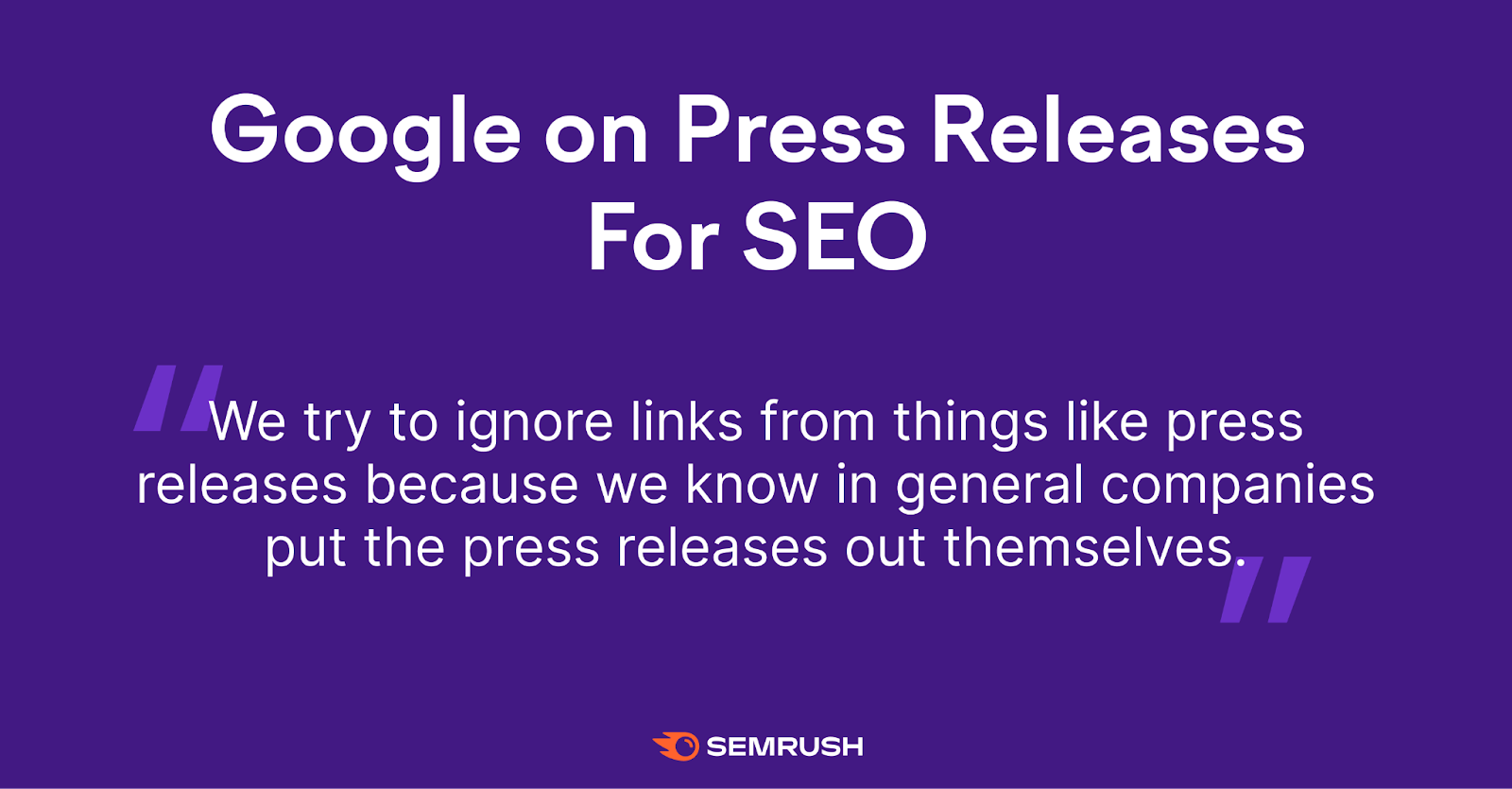
According to our own Google penalties research, press releases are one of the top culprits of link-based website penalties.
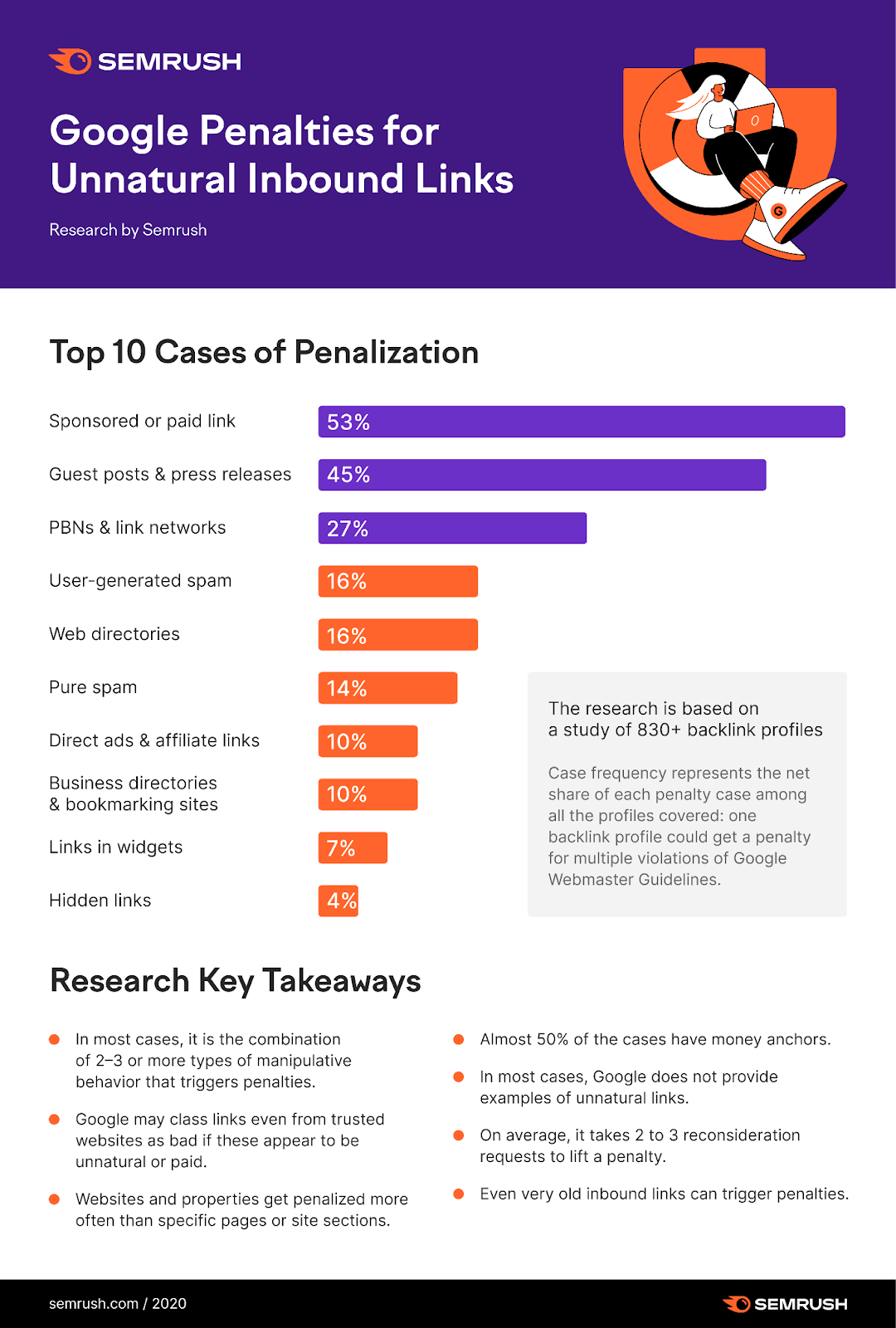
And one of the most common triggers for a Google link penalty—a restrictive measure that rapidly reduces a site’s organic visibility—is unnatural outbound and inbound links.
So, filling press releases with links isn’t likely to boost your search enginerankings. It could actually hurt them.
But using search engine optimized press releases can still positively impact other ranking factors.
Still, you won’t get all these advantages with any old press release. You have to use certain tactics.
5 Press Release SEO Best Practices
If you want to reach more of your target audience with press releases, start with a newsworthy event.
Then write an engaging, well-formatted press release and distribute it to the right news outlets.
Traditional press releases are notoriously dry. Their text-only format makes them pretty boring to read. Here’s an example of a traditional press release:
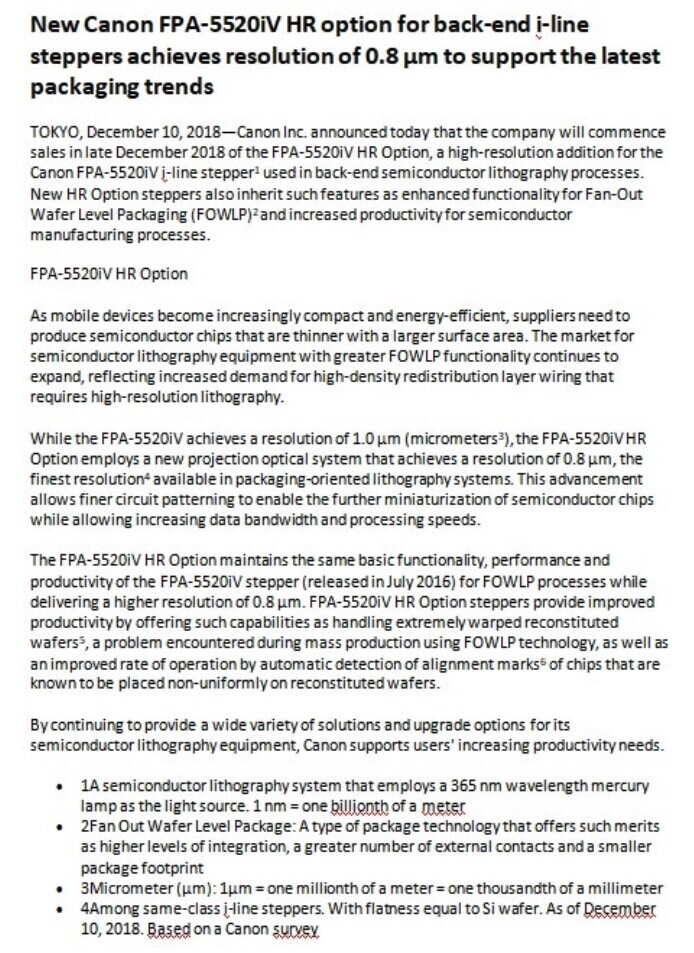
The purpose of a press release is to inform the public about the actions of large or publicly traded companies. Others are designed to drum up interest in new products or influence the market.
Therefore, businesses used press releases to communicate a news story to journalists in the hopes that they’d cover it in their publications.
Whether you want to write a press release for journalists, SEO, or both, make sure it’s engaging. THen they’re more likely to run your story.
These six best practices for researching, writing, and distributing press releases will help keep you on the right track.
1. Be Sure Your Press Release are Newsworthy
Competition for media coverage is tougher than ever..
That’s why you need to start with a newsworthy event or story, then optimize your press release to reach the right audience.
A piece of content is newsworthy when it includes some or all of the following characteristics:
- Impact: If a news outlet’s audience—or your potential customers—are affected by a story, they’ll want to hear about it. For example, if your company is releasing a new product that might render an old version of the product obsolete or less useful.
- High-profile figures: Events are more newsworthy when a person of interest or influencer is involved. For example, if you’re collaborating with a celebrity on an upcoming launch.
- Conflict mitigation: While you don’t want to highlight anything negative about your business, you may want to set the record straight to protect your reputation. For example, if there are rumors of staff redundancies.
- Human interest: These stories highlight uniquely human values we can all relate to, such as an unexpected act of kindness. For example, a business collaborating with the community to raise awareness for a cause.
- Novelty or oddity: If an event or occurrence hasn’t happened before, it’s more likely to pique curiosity and get coverage. For example, finding historical artifacts when undergoing building work.
In this example, CVS Health announced the company’s investment to increase employees’ minimum hourly wage to $15 an hour:
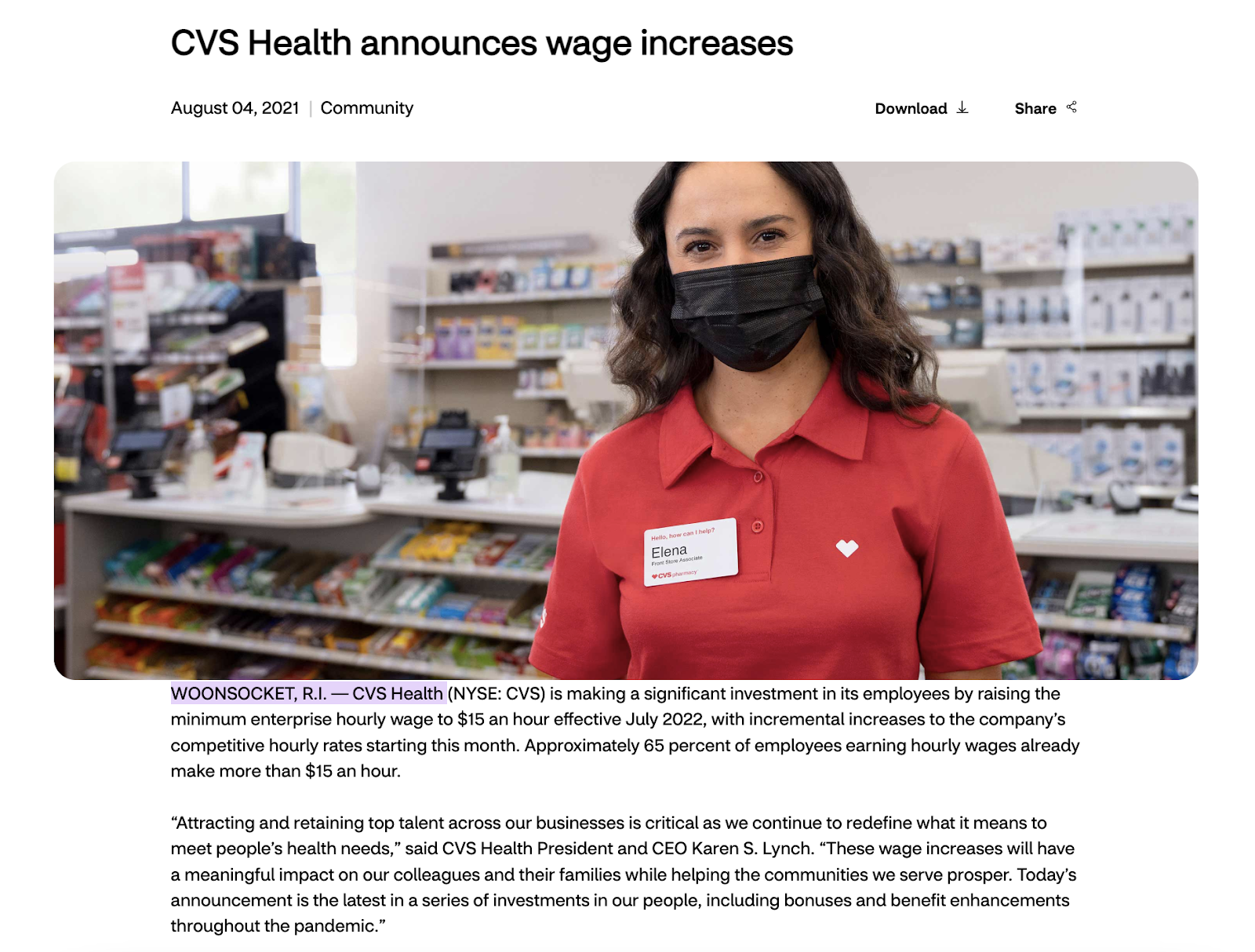
While this may not be newsworthy under different circumstances, it’s relevant in a time of economic uncertainty when other companies are making cuts to save money.
This novelty increases the likelihood that big media sources will pick it up because they want to report on the human interest angle.
Readers may then visit the CVS Health website to explore and share the story themselves—resulting in natural backlinks.
In another example, Form Nutrition (a plant-based protein and supplement brand) announced Orlando Bloom as its Chief Wellness Officer:
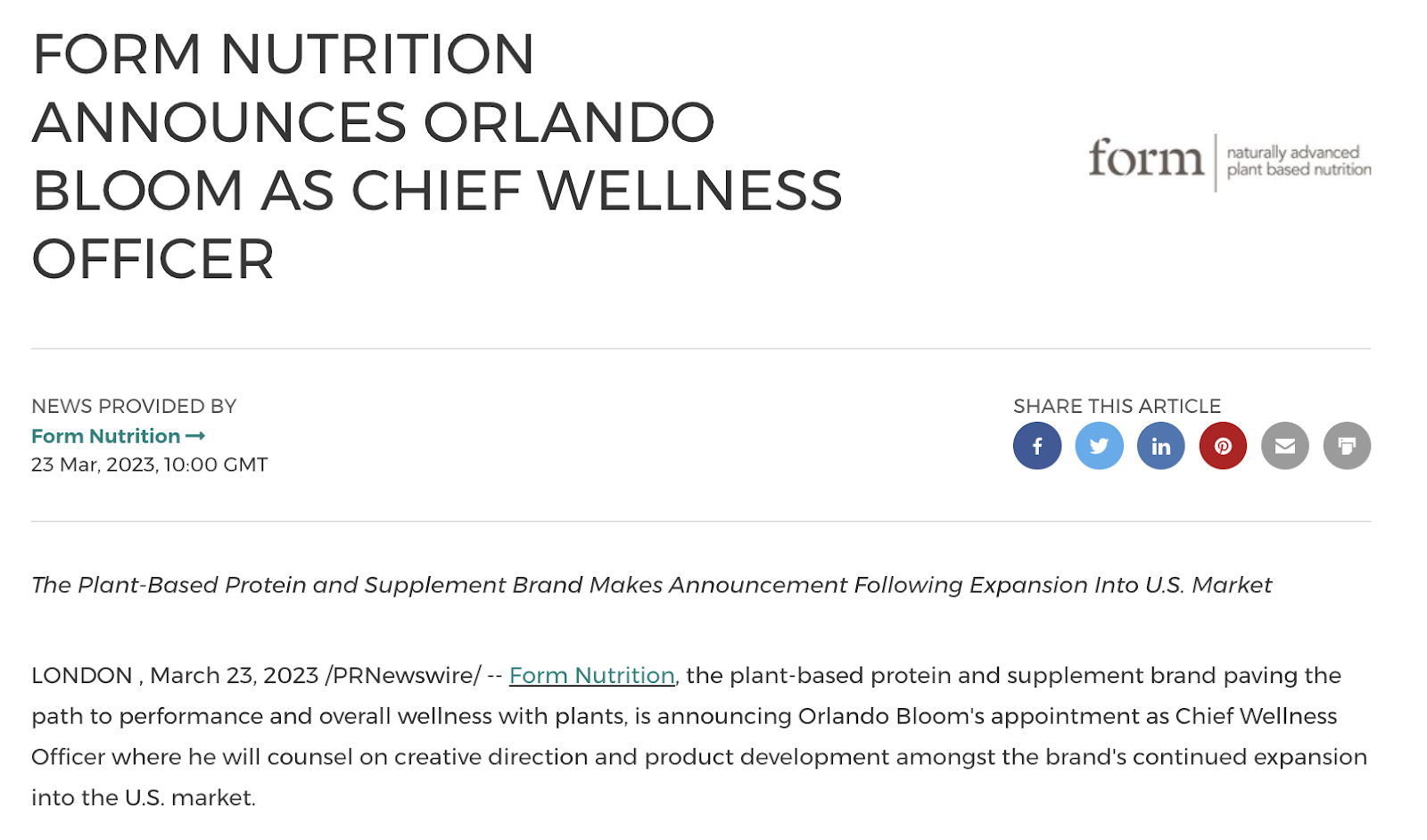
A new executive at a high-profile company may warrant a press release, but it may not make the news. Since Form Nutrition seated a high-profile figure, both mainstream and niche media outlets picked up the story, which helped spread awareness of the brand.
A press release that’s relevant and newsworthy is more likely to reach your target audience.
2. Write an Attention-Grabbing Headline
An optimized press release starts with an attention-grabbing headline that piques the reader’s interest.
As with most digital marketing content, your headline is the first thing people see when they preview or open the page.
You can choose a different title tag (which is what search engines will show) and press release headline (which will show on the preview and press release itself) or keep them the same.
Keep in mind, though, that search engines focus on your title tag, not your headline.
To make your title tag SEO friendly, it should be fewer than 600px, which is around 60 characters.
Here’s an example of a headline from MuralsWallpaper that’s short, sweet, and SEO friendly:
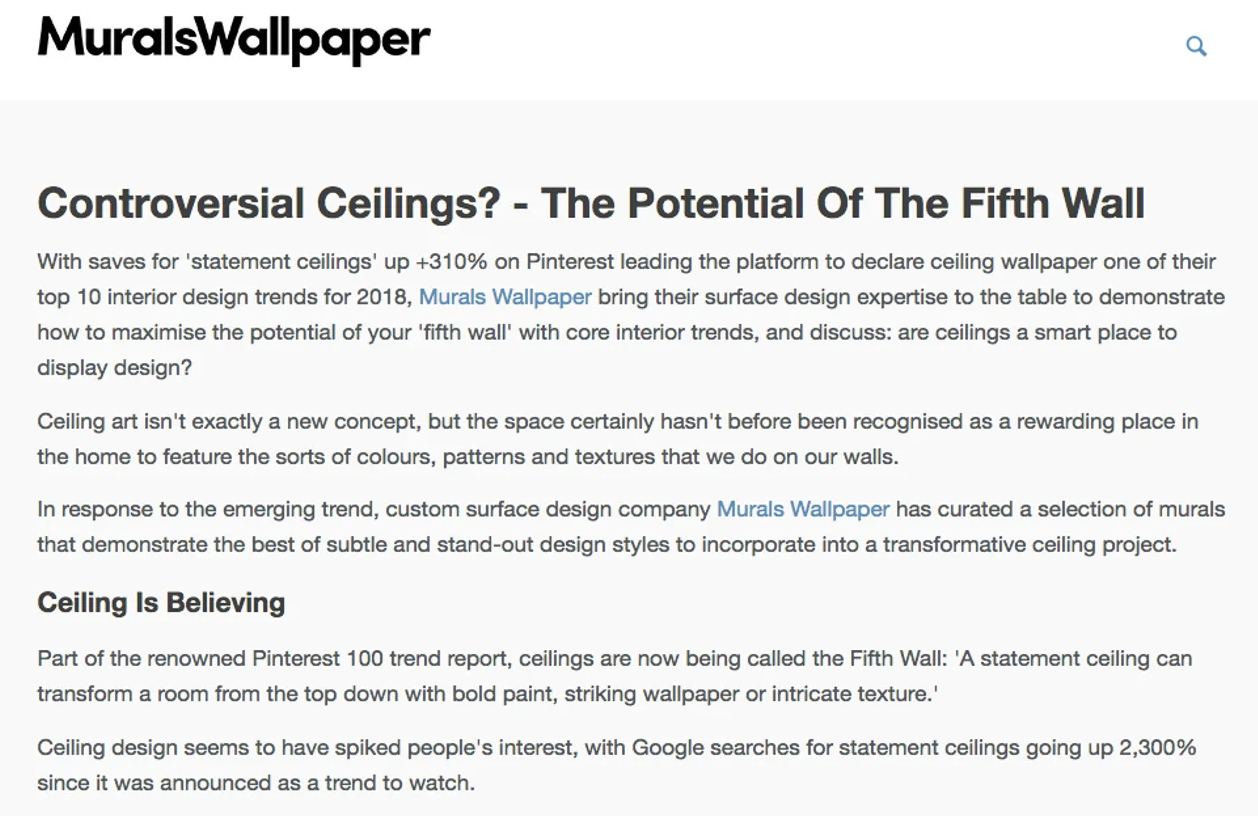
This headline manages to pose an intriguing question in the first half and an engaging argument in the second. All in only 57 characters.
For interior design media outlets, this could be an easy “yes” for coverage.
On the other hand, here’s a long, confusing headline about a Navy mesothelioma case:
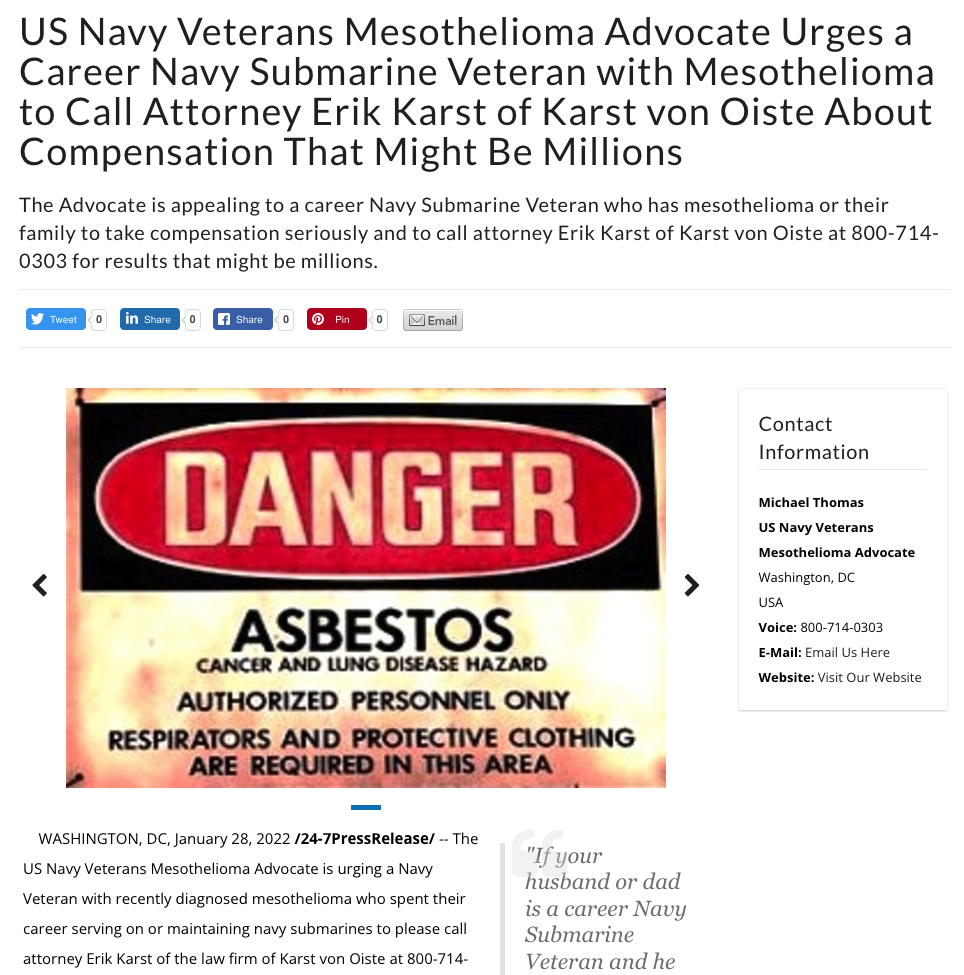
This release doesn’t share anything newsworthy. It focuses on the attorney’s name rather than why there’s a need to call him.
It’s not just about the length of your heading, either. For example, when you want to write about your innovative product launch, be aware of word choice and avoid cliches.
According to a Cision survey of thousands of journalists around the world, these are some of the most overused words in press releases:
- Best of breed
- World-class
- Unprecedented
- Unique
- Cutting-edge
Other terms like thrilled, exciting, and leading weren’t far behind. So, be careful about using these terms in your press release.
You also want to avoid clickbait—a misleading headline that doesn’t deliver the information promised. It reduces the chance of your press releases getting picked up.
Here’s an example of a clickbait headline:
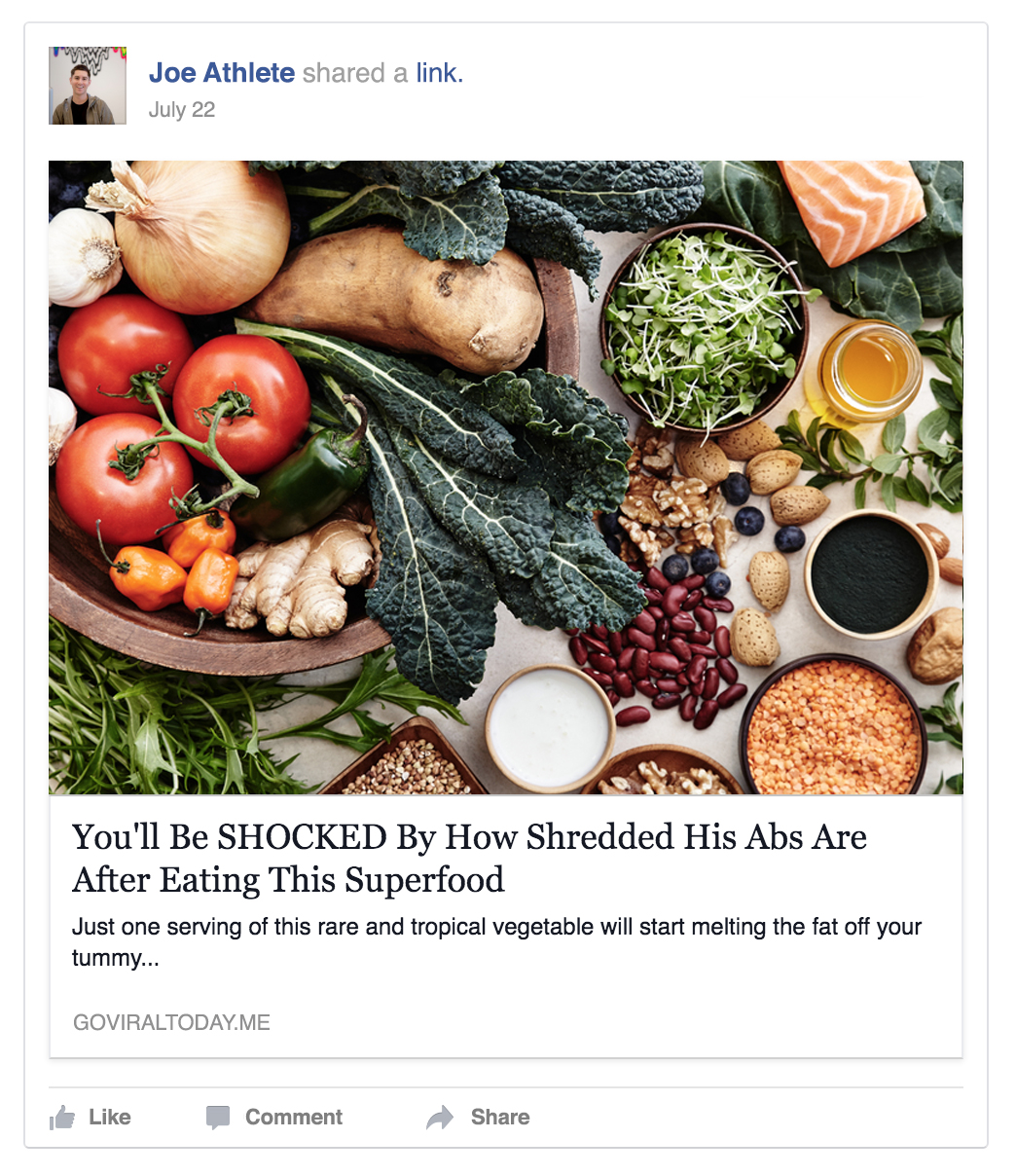
Instead of deceptive and overused tactics, business owners and PR professionals should write truthful press release headlines to build and retain trust.
3. Make It Easy to Read
Media outlets and reporters often don’t have time to read your whole press release. That’s why yours should include important information at the beginning.
This structure—called the inverted pyramid—lets journalists read the key facts first so they can quickly decide whether to read your press release in full.
Make it easy for them and you increase your chances of having it picked up or shared.
Here’s what it looks like:
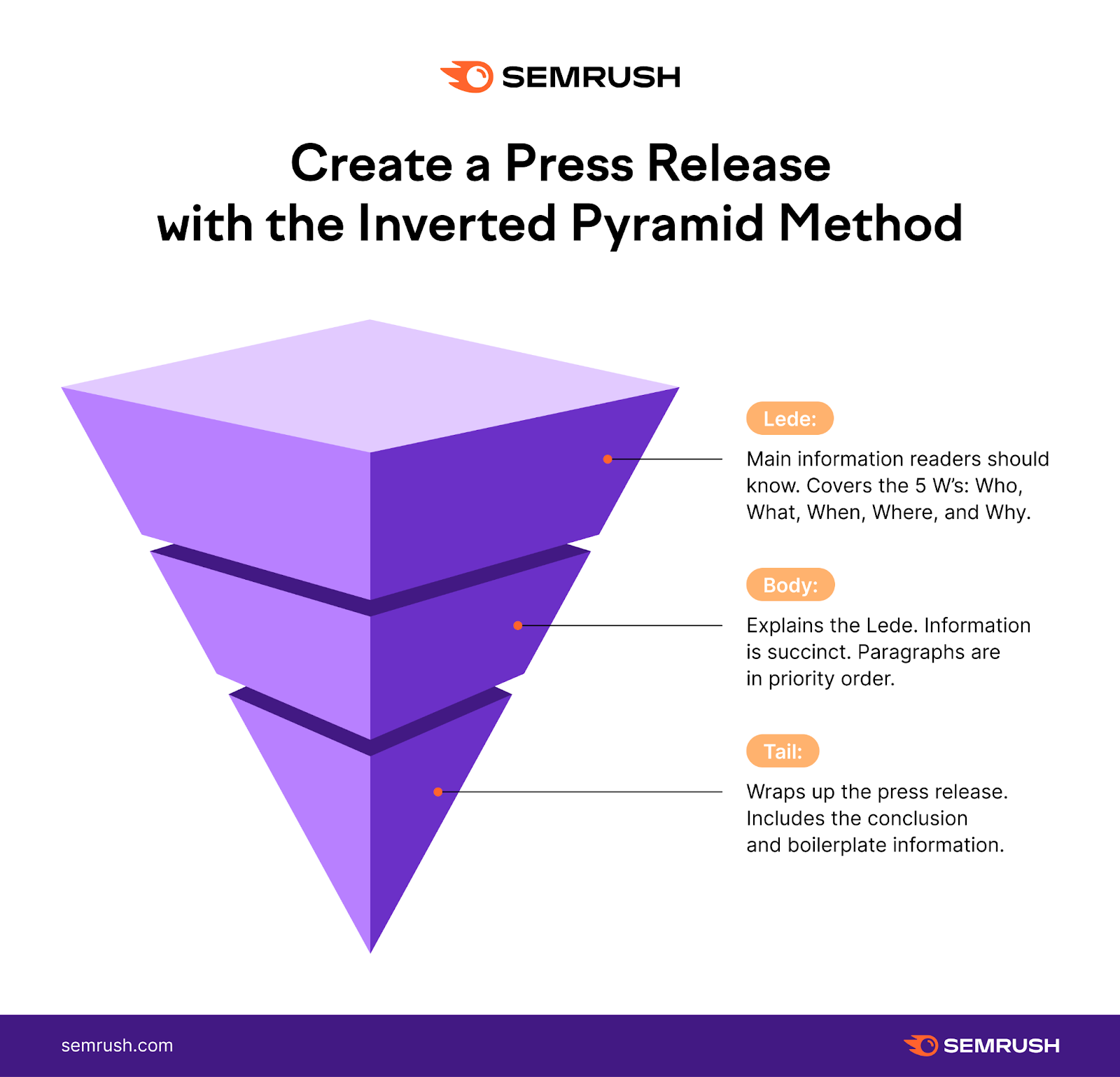
This is prime real estate for getting across the who, what, when, where, and why—and making people see the value early on.
This press release from Wallsauce gets straight to the point with concise information and supporting visuals (we’ll cover those in more detail soon):
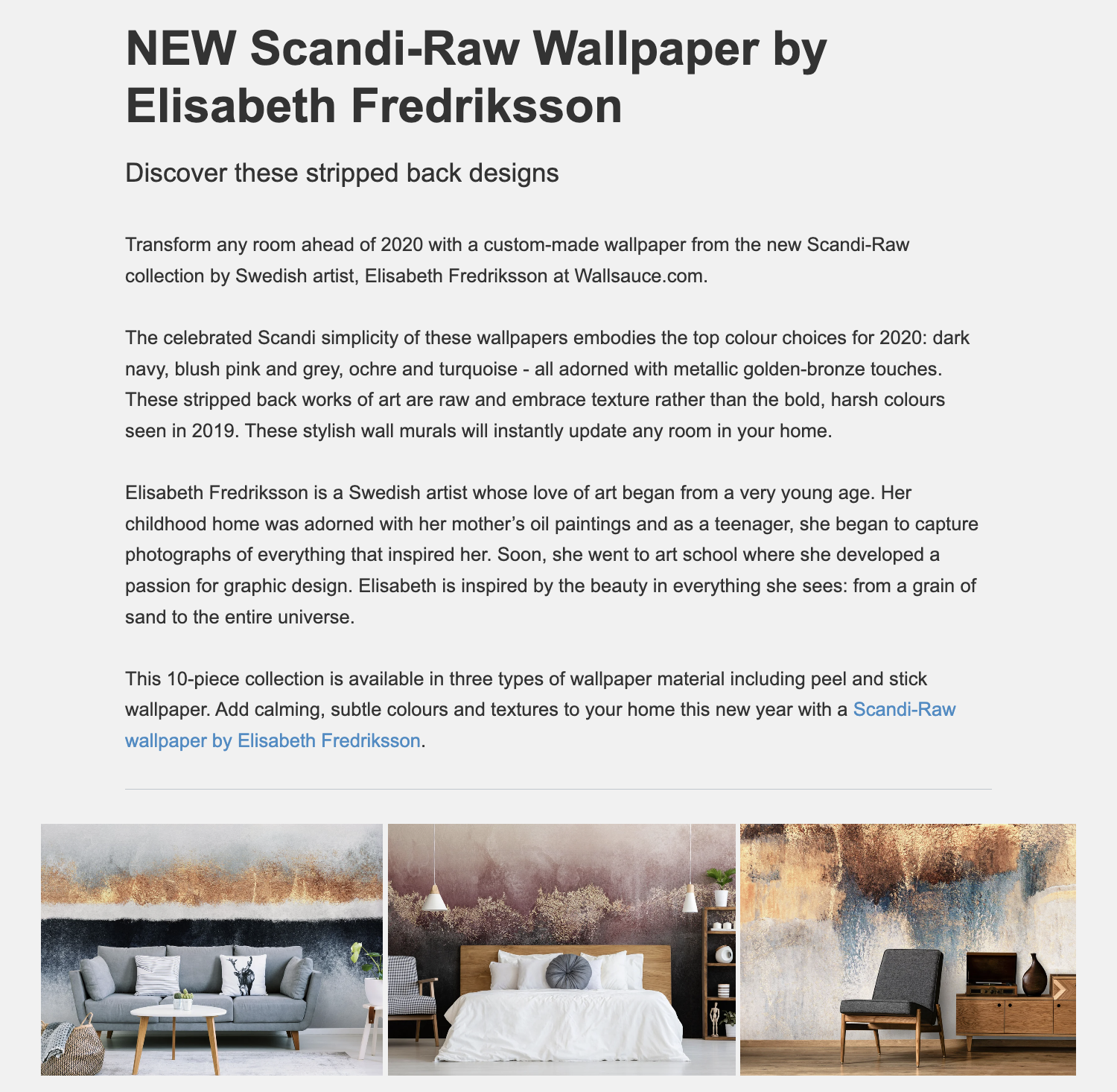
It also has one call to action and hyperlink in the main body, keeping visitors focused on one action and helping prevent decision fatigue.
The anchor text you choose should reflect the content of the page it links to. This helps users make a more informed decision about whether or not to click through.
It also gives search engines context about where the link goes, which can help with SEO.
Along with the inverted pyramid, you can use other characteristics to help keep the reader interested in the main body.
Estee Lauder uses bold and bullet points to add depth to certain parts of its press release:
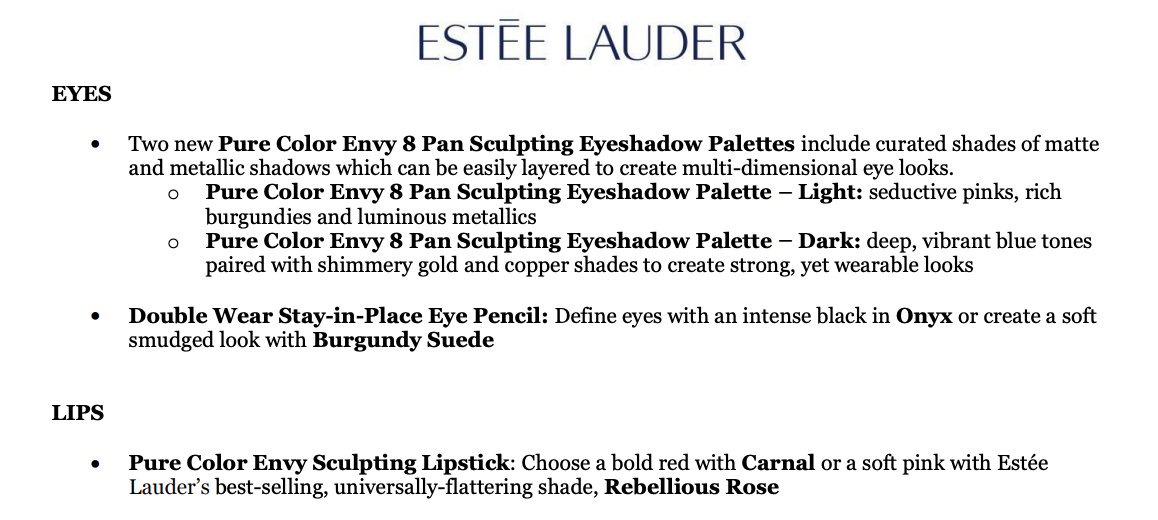
Multiple eye-tracking studies show that people prefer to scan when reading online. Including space around the text and bullet points will make your press release easier to scan.
Using quotes from others in your business and industry can also give your press release authenticity.
Here’s how Gare Maritime Food Market uses quotes from businesses and chefs to build anticipation for its opening:

First-person quotes can also add a more trustworthy human element to the third-person language of press releases.
The tail end of your pyramid includes boilerplate information like your contact information—including your business name, address, and phone number.
This is called a citation. It helps users find and contact you more easily. It also helps improve your local SEO because search engines like Google know your company exists.
Here’s an example of one from Main Street ROI:
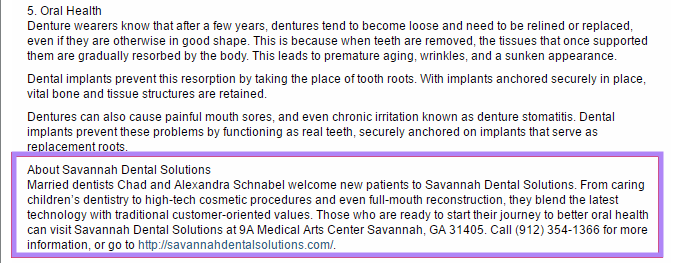
The more consistent your business information is across sources, the more trustworthy it appears to search engines.
4. Stand Out with Visuals
A good press release is full of relevant information. A great press release is visually appealing, too.
A Cision report found that press releases with multiple images received six times the engagement of text-only versions.
Even one image and one video doubled and tripled engagement, respectively.
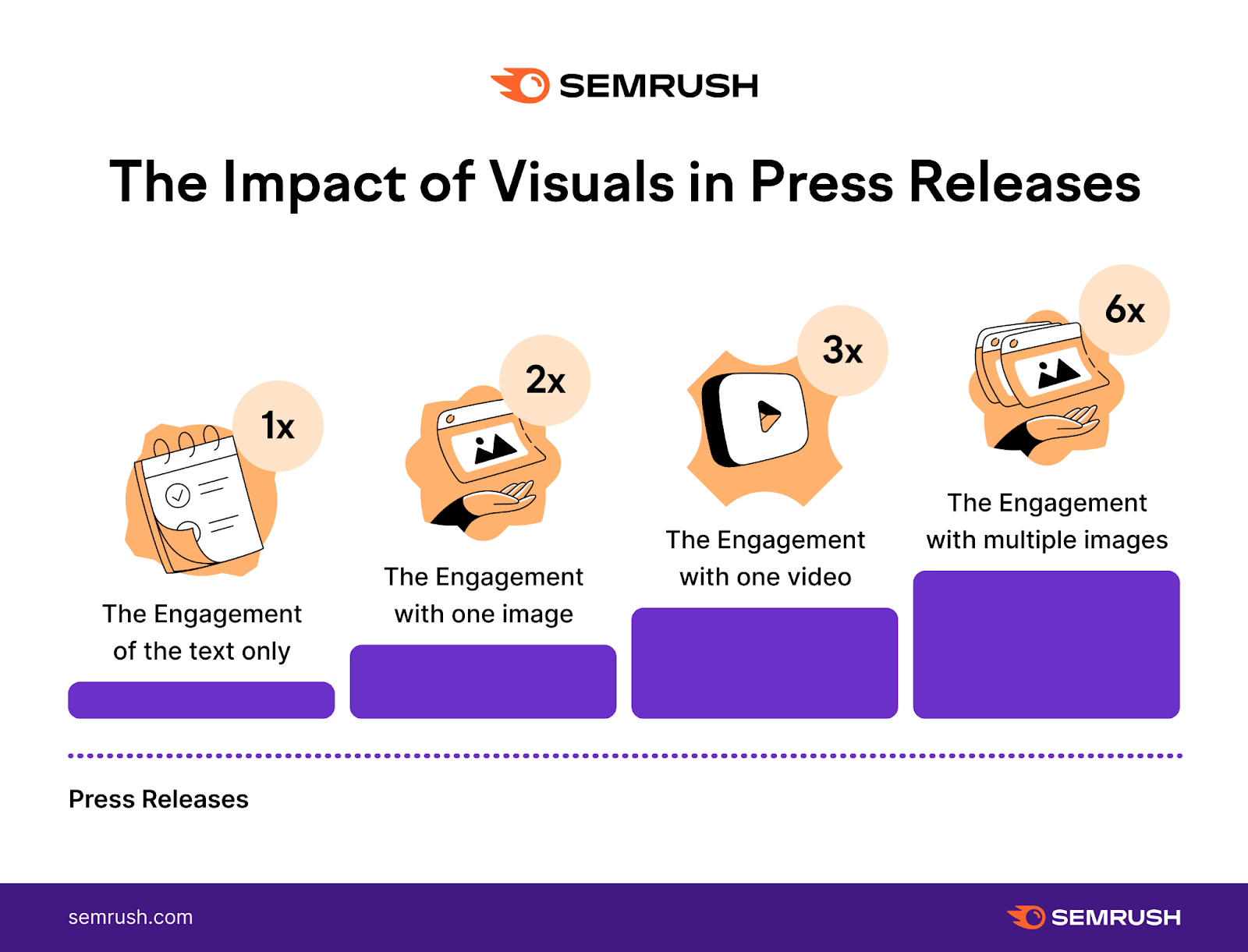
Press releases have a much bigger reach than they used to.
Back in the day, businesses sent them to the media in the hopes of getting coverage. Now, anyone can find a press release online.
Which gives you the chance to create an interactive and engaging environment.
While logos and images are a great starting point, other types of visual content include:
- Illustrations
- App or software screenshots
- Social media posts
- Graphs and charts
- Interactive videos
This press release from Ikea used an infographic to share lots of data in an easily digestible way:
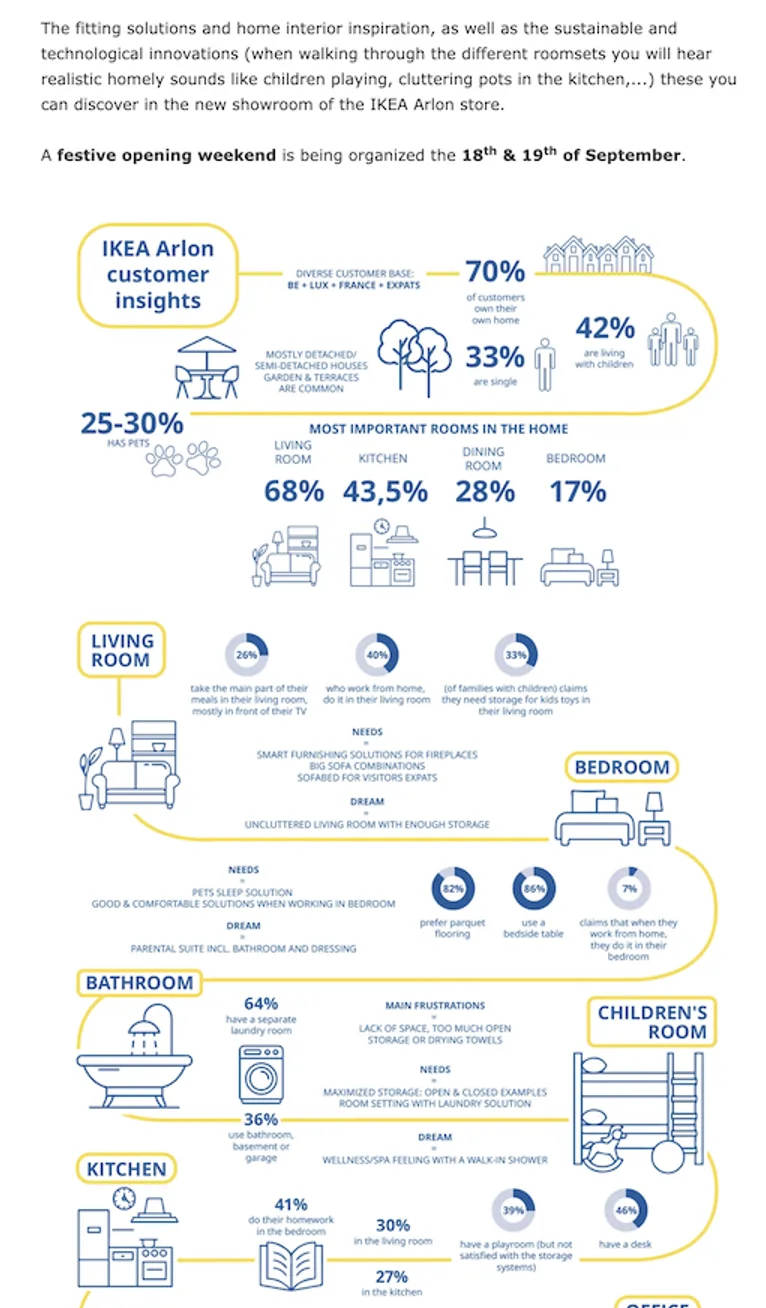
It’s a more user-friendly way to convey important statistics. Plus, it’s easily shareable to social media and other websites.
Here’s another example of a Shopify press release that used a YouTube video to add context:

In this case, Shopify used the video to explain how to use JD.com’s service.
You can go a step further and add interactive content to make your press release even more engaging.
According to Business Wire, traditional press releases get around 30 seconds of passive attention. Interactive versions get 88 seconds of active attention.
For example, this interactive press release for Dollywood theme park lets you click on icons to learn more about six new rides.

It’s a fun and engaging way to convey information in a style that isn’t widely adopted yet.
However, be sure to use visuals intentionally so they support your story (rather than detract from it).
5. Distribute to Relevant Platforms and Journalists
Press release distribution is a targeted effort to get relevant media outlets to see and share your press release.
Researching the right outlets for your press release gives you the best chance of success. Each media outlet has different needs or angles that are relevant to them. To put your most important information up front, you need to know what those angles are.
For example, if you work in the health care industry, you could get in touch with medical magazines and journals.
In this screenshot of Google search results you can see the different publications that shared a press release about 3M’s venture into health care. A biotech and pharma news site picked it up, as did Reuters and CNBC:
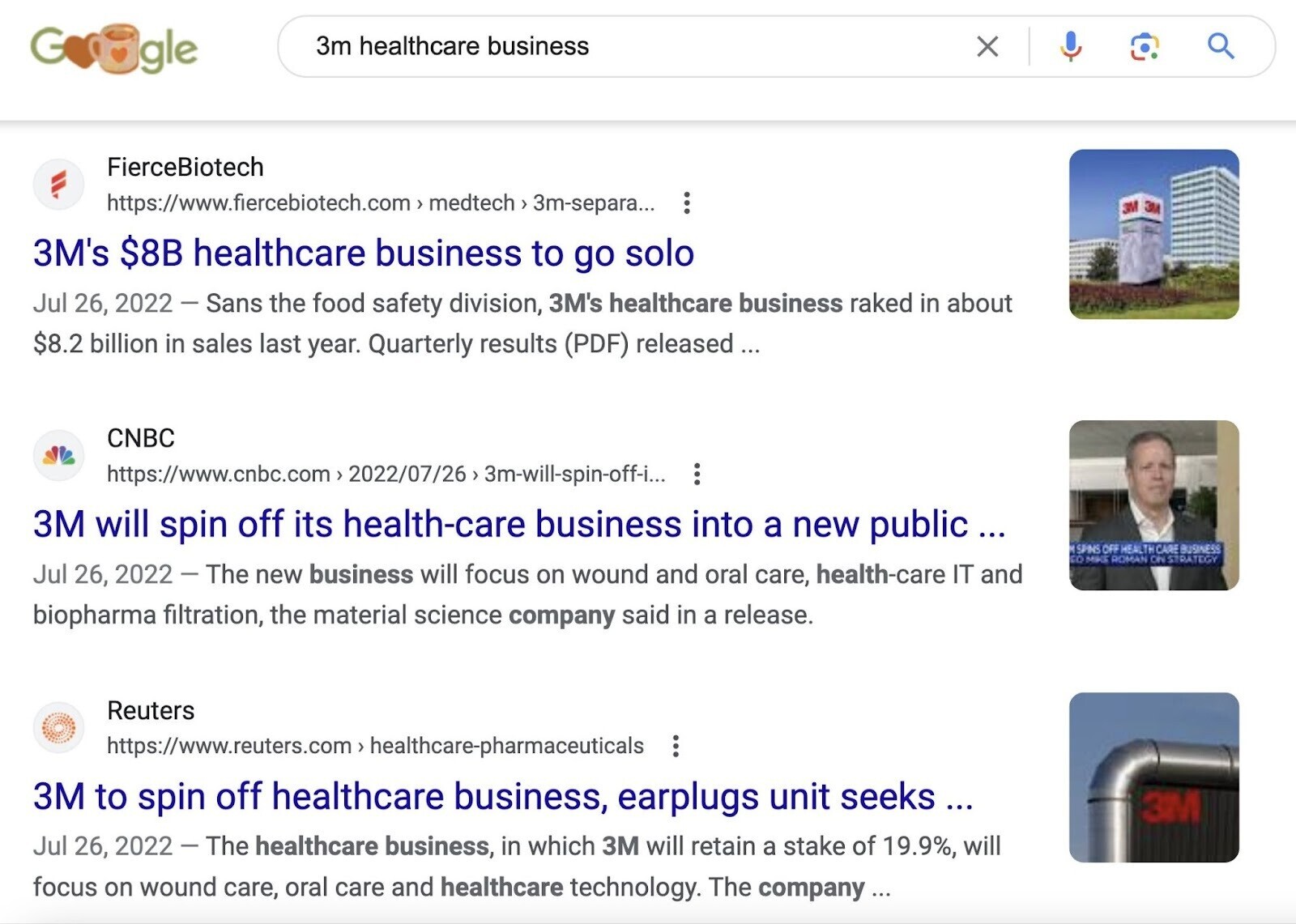
You can see how one story can be attractive to outlets in multiple industries.
Going back to a previous example, the Orlando Bloom story was picked up by Yahoo Finance. But it was also picked up by niche sites.
The following screenshot shows the press release from Form Nutrition, published on The Future of Protein Production. Since it’s a healthcare-related site, Form Nutrition may have directly targeted it as part of a distribution plan.
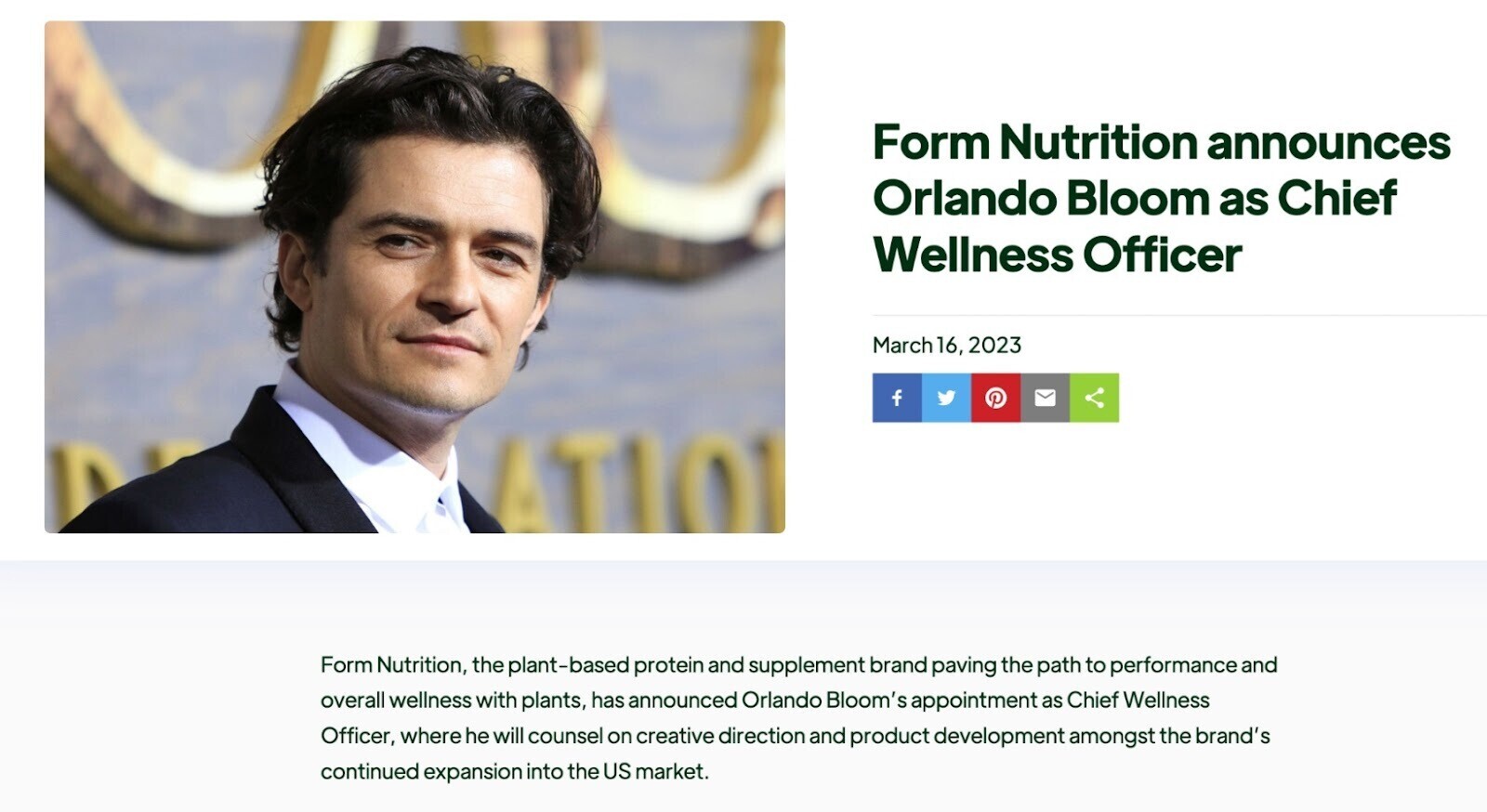
Consider targeting mainstream and niche media outlets with your press releases.
Fewer businesses may compete for these outlets’ attention. And with smaller staffs, these publications are more likely to accept stories that businesses pitch to them in a press release (as opposed to finding stories on their own).
If you want to get the most from your distribution plan, consider using a newswire syndication service to help maximize your reach.
Depending on your budget and needs, consider mixing it up with free and paid options.
Free options often have limitations such as how often you can publish a press release, whether you can include images or links, and how long the press release stays online.
Paid options like PR Newswire claim to drive 2.3x more organic search traffic than their closest competitor.
Some paid options also guarantee they’ll publish your press release on a set number of websites.
Whichever option you choose, research where a syndication service sends press releases. This helps to ensure that yours has the best chance to reach your target audience.
As a result, it can attract more industry attention, get more news coverage, garner quality backlinks, and deliver qualified referral traffic.
Using a syndication service prevents having to pitch news outlets one at a time. So, consider these services if you’re busy but want to see results.
Ready to Use Press Release SEO the Right Way?
Backlinks are still a major ranking factor. When you get your press release SEO strategy right, media exposure can lead to high-quality backlinks.
Need help with your backlinks strategy? Try our Backlink Analytics tool.
Need some help from professionals who know how to catch journalists’ attention? Try our Press Release Writing Service.
